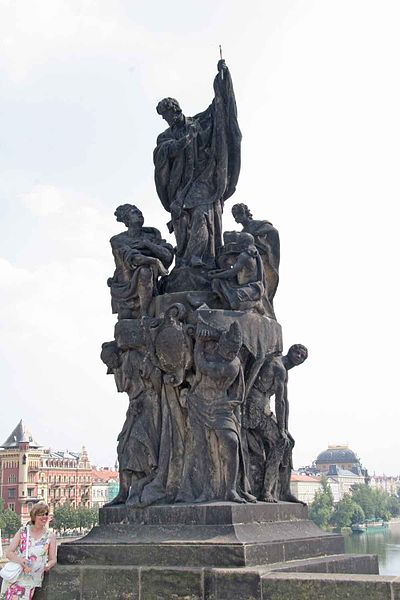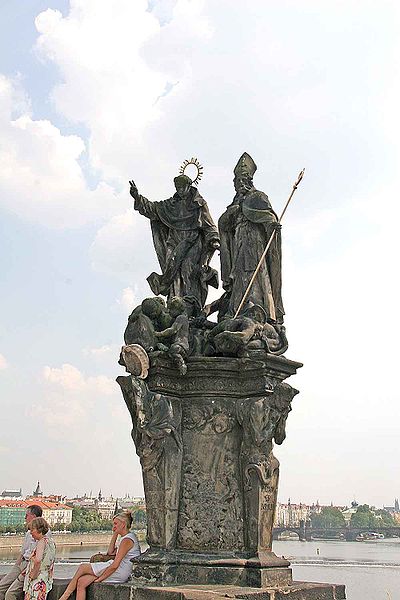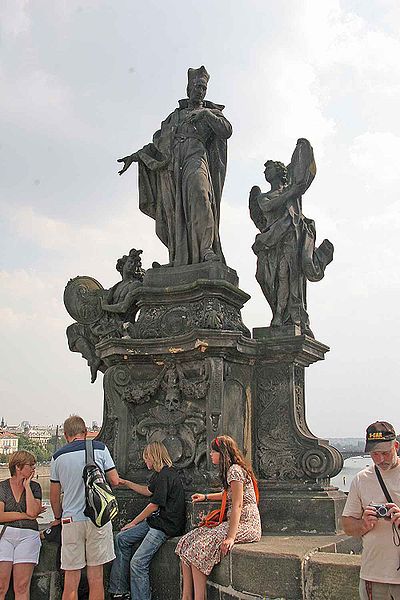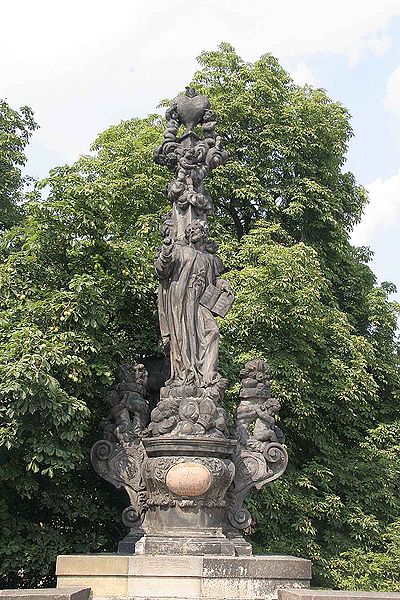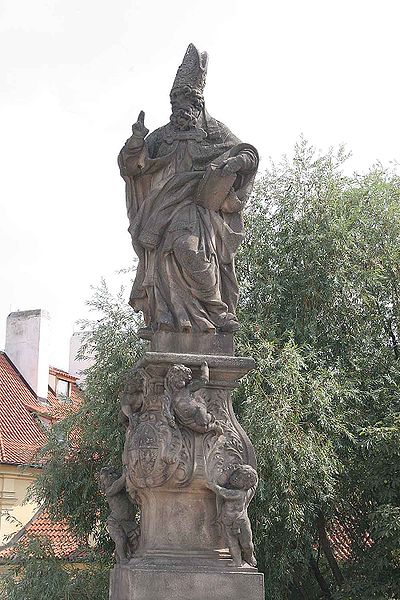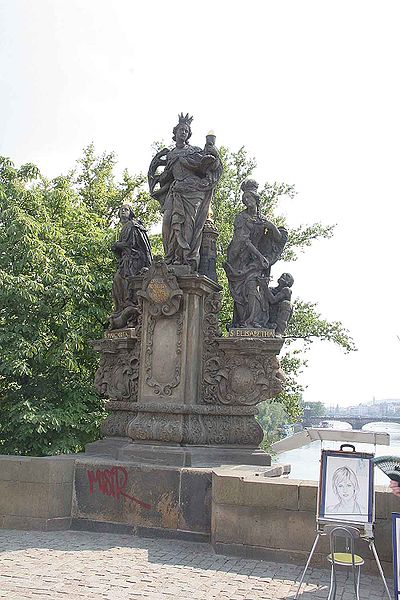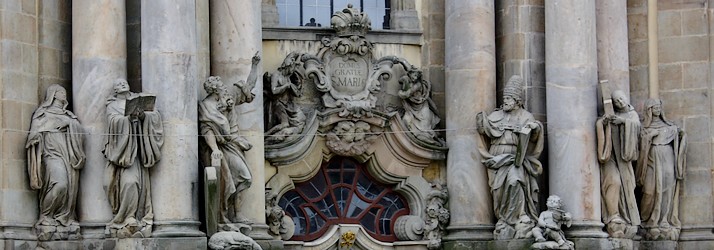<Back to Index>
- Philosopher Jaegwon Kim, 1934
- Sculptor Ferdinand Maxmilian Brokoff, 1688
- Ruler of Florence Lorenzo II de' Medici, 1492
PAGE SPONSOR
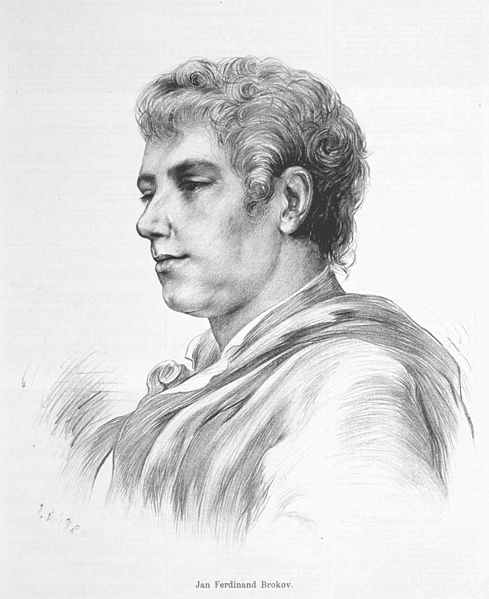
Ferdinand Maxmilian Brokoff (Czech: Ferdinand Maxmilián Brokoff, 12 September 1688 in Červený Hrádek near Chomutov, Bohemia - 8 March 1731 in Prague) was a sculptor and carver of the Baroque era.
He was born as the second son of Elisabeth and Jan Brokoff, and soon his talent surpassed his older brother, Michael Brokoff, as well as his father. Ferdinand Brokoff's work is often equalized in importance with the work of Matthias Braun. In the beginning he mostly helped his father but since 1708 he worked independently and two years later, in the age of 22, he acquired his reputation for work on several statues on the Charles Bridge in Prague (the statuary of St. Adalbert, the statue of St. Gaetano, the sculpture group of Francis Borgia, the statues of St. Ignatius and Francis Xaverius, statuary of Saints John of Matha, Felix of Valois and Ivo including the famous statue of Turk, etc.).
Around 1714 Ferdinand Brokoff began to cooperate with the Austrian architect Johann Bernhard Fischer von Erlach and moved to Vienna (while still working for Prague commissions, too) where he worked on the church of St. Charles Borromei. He was also active in Silesia (Wrocław), but had to come back to Prague soon, owing to progressing tuberculosis. Nevertheless, he continued to sculpt in Prague and made some significant pieces during the 1720s, such as the monumental statuary and pillar at the Hradčany square (Hradčanské náměstí, 1726). Around that time (1722) he was also supposed to create 13 pieces of the Calvary to put in the niches of the New Castle Stairway, a project that was never realized.
Towards
the end of his life, the illness gradually prevented him from working
alone, thus he only created the designs and models and had them
realized by his younger cooperators.
